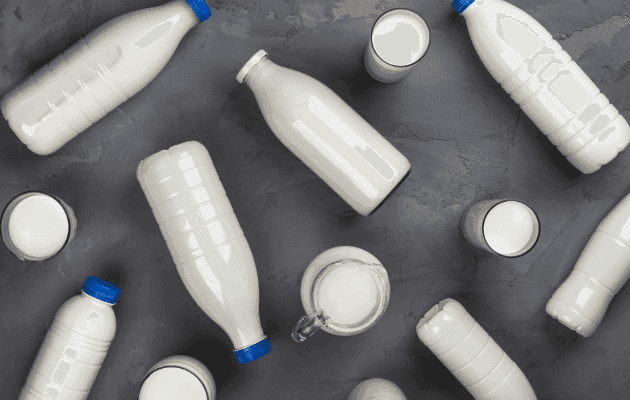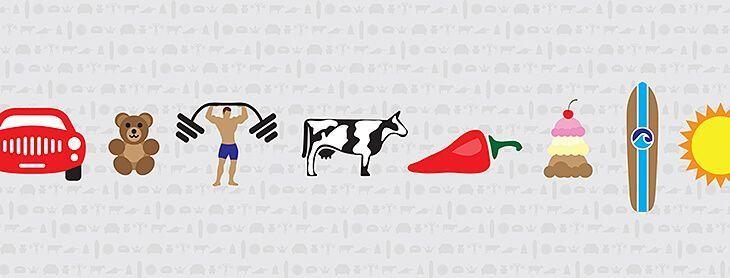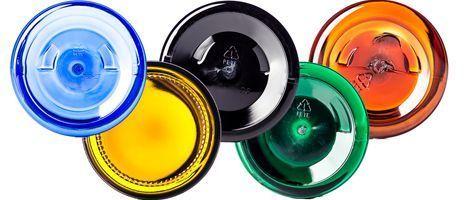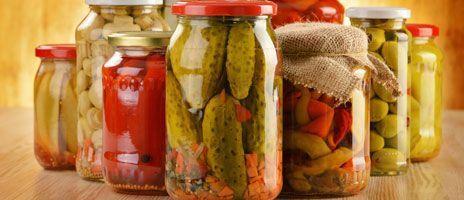The Sustainability Debate: Plastic Bottles vs. Glass


Sustainability is no longer a buzzword—it’s a movement, a responsibility, and, for businesses, a key selling point. In the world of packaging, the debate between plastic bottles and glass bottles is heating up. Which one is truly more sustainable? The answer, like most things in life, isn’t black and white. Let’s break it down and settle this age-old debate with facts, wit, and a healthy dose of practicality.
The Case for Plastic Bottles
Plastic bottles get a bad rap, and let’s be honest—some of it is deserved. But before we completely banish plastic to the environmental hall of shame, consider these points:
- Lightweight & Transport Efficiency: Plastic bottles are significantly lighter than glass, meaning they require less fuel to transport. Less fuel equals lower carbon emissions.
- Durability & Safety: Unlike glass, plastic doesn’t shatter, making it a safer option for transport and use.
- Recycling Innovations: While plastic recycling has its challenges, advancements in PET recycling, bio-based plastics, and circular economy initiatives are helping to make plastic more sustainable.
- Lower Energy in Production: Producing plastic bottles consumes less energy compared to glass manufacturing, which requires extremely high temperatures.
The Case for Glass Bottles
Glass has a reputation for being the more eco-friendly choice, and in many ways, it lives up to the hype. Here’s why:
- Infinitely Recyclable: Glass can be recycled endlessly without degrading in quality, making it one of the most sustainable packaging materials available.
- Purity & Health Benefits: Unlike some plastics that may leach chemicals, glass is non-reactive and preserves product integrity.
- Premium Aesthetic & Reusability: Many consumers associate glass with quality. Plus, it’s more likely to be reused than plastic.
- Biodegradability: While it takes a long time to break down, glass doesn’t release harmful microplastics into the environment.
The Sustainability Scorecard: A Head-to-Head Comparison
Factor | Plastic Bottles | Glass Bottles |
| Carbon Footprint | Lower in transport, higher in production | High in transport, lower when reused |
| Recyclability | Often downcycled; challenges in sorting | Infinitely recyclable |
| Durability | Lightweight and shatterproof | Breakable but long-lasting |
| Energy Use | Less in production | More in production but reusable |
| Consumer Perception | Convenient but scrutinized | Premium but heavy |
Which One Should You Choose?
The most sustainable choice isn’t necessarily plastic or glass—it’s about how you use and dispose of it. Here are some takeaways:
- For Single-Use Applications: If weight and transport emissions matter, plastic may have a lower overall footprint. Opt for recycled PET or bio-based alternatives.
- For Long-Term Use & Refill Systems: Glass is a better investment for products meant to be reused or part of a deposit return system.
- For Recycling Efficiency: If you have access to reliable glass recycling facilities, go for glass. If plastic is your only option, ensure it’s properly recycled.
- For Branding & Consumer Preference: If your audience values aesthetics and reusability, glass could enhance your brand appeal.
At the end of the day, sustainability is about making informed choices. Whether you choose plastic or glass, the key is to reduce waste, encourage reuse, and prioritize recycling.




